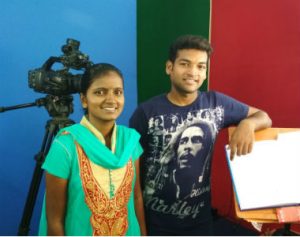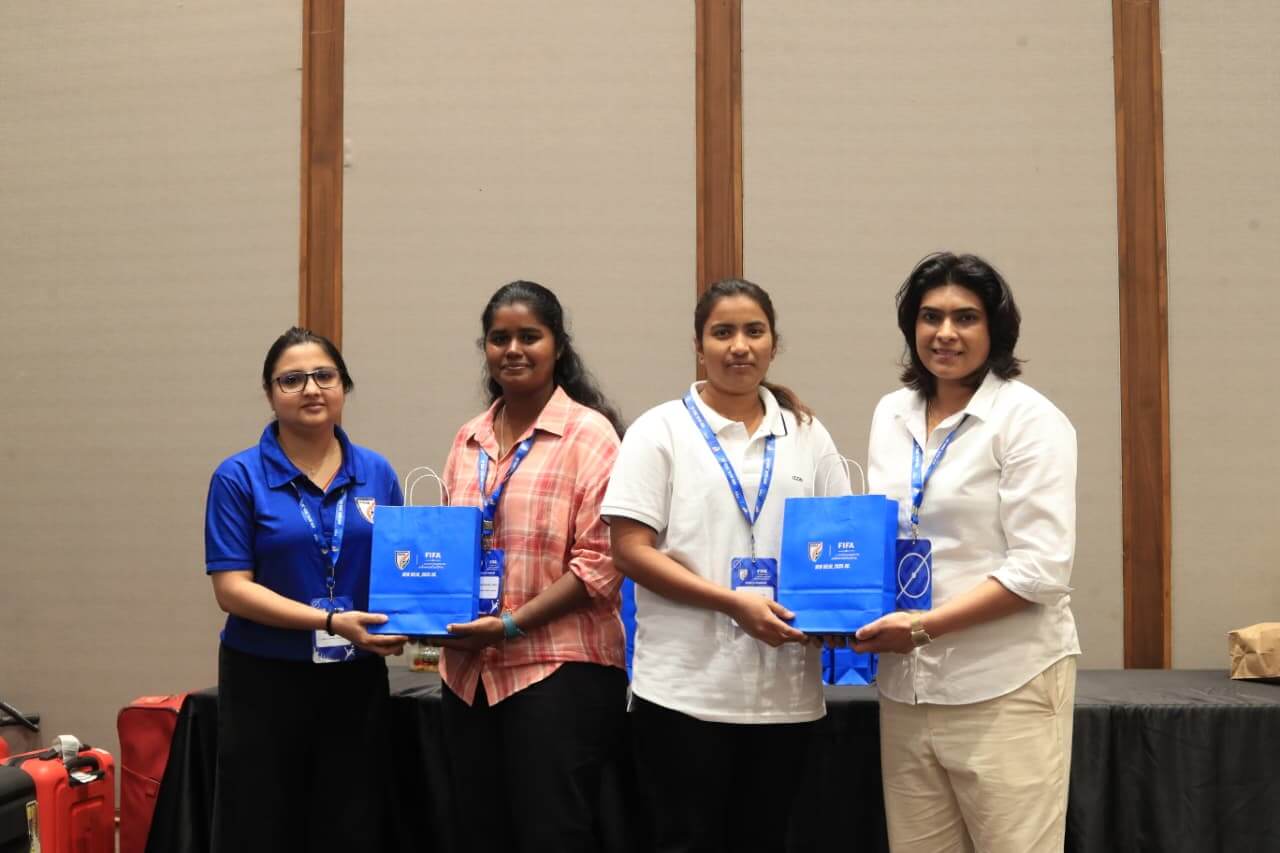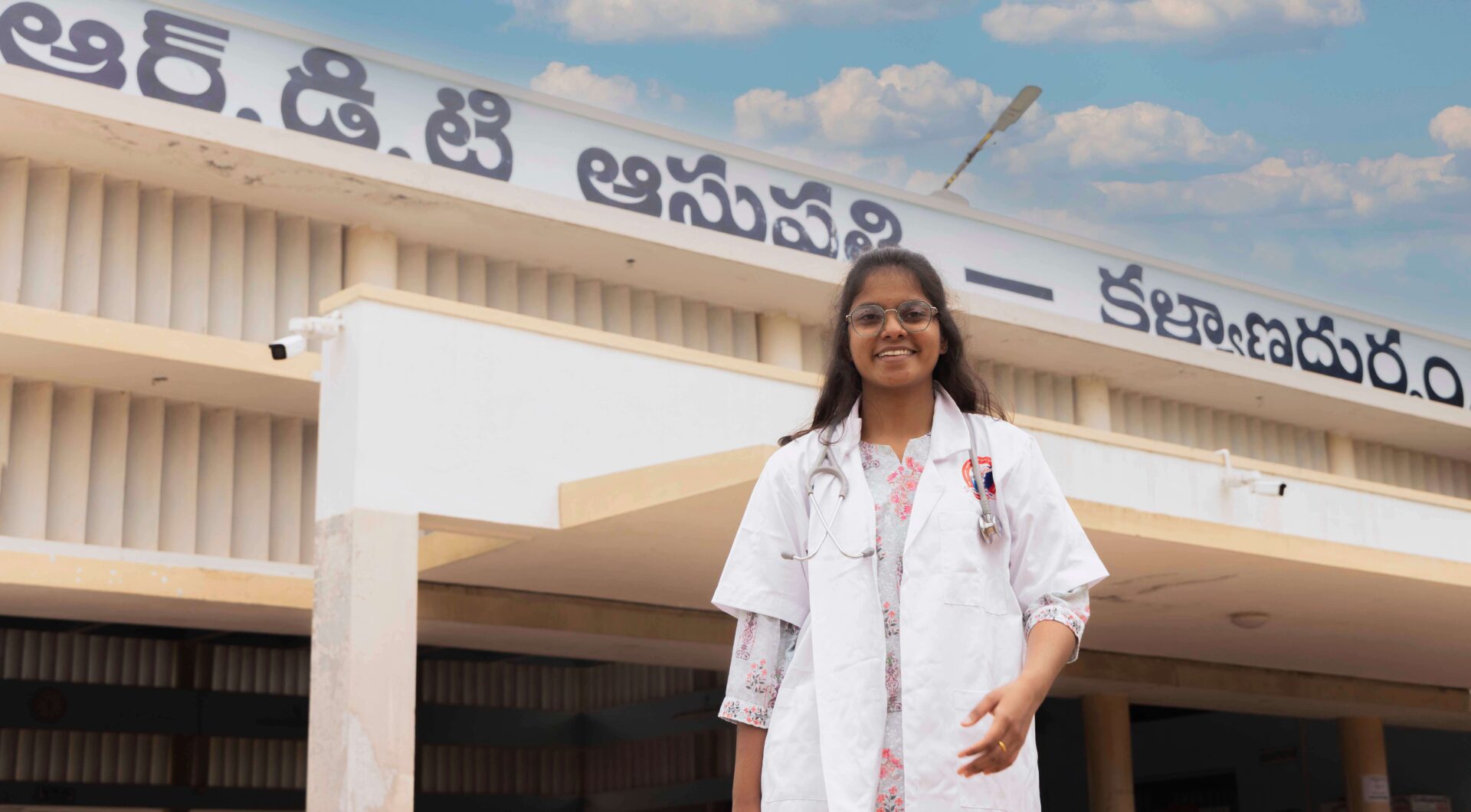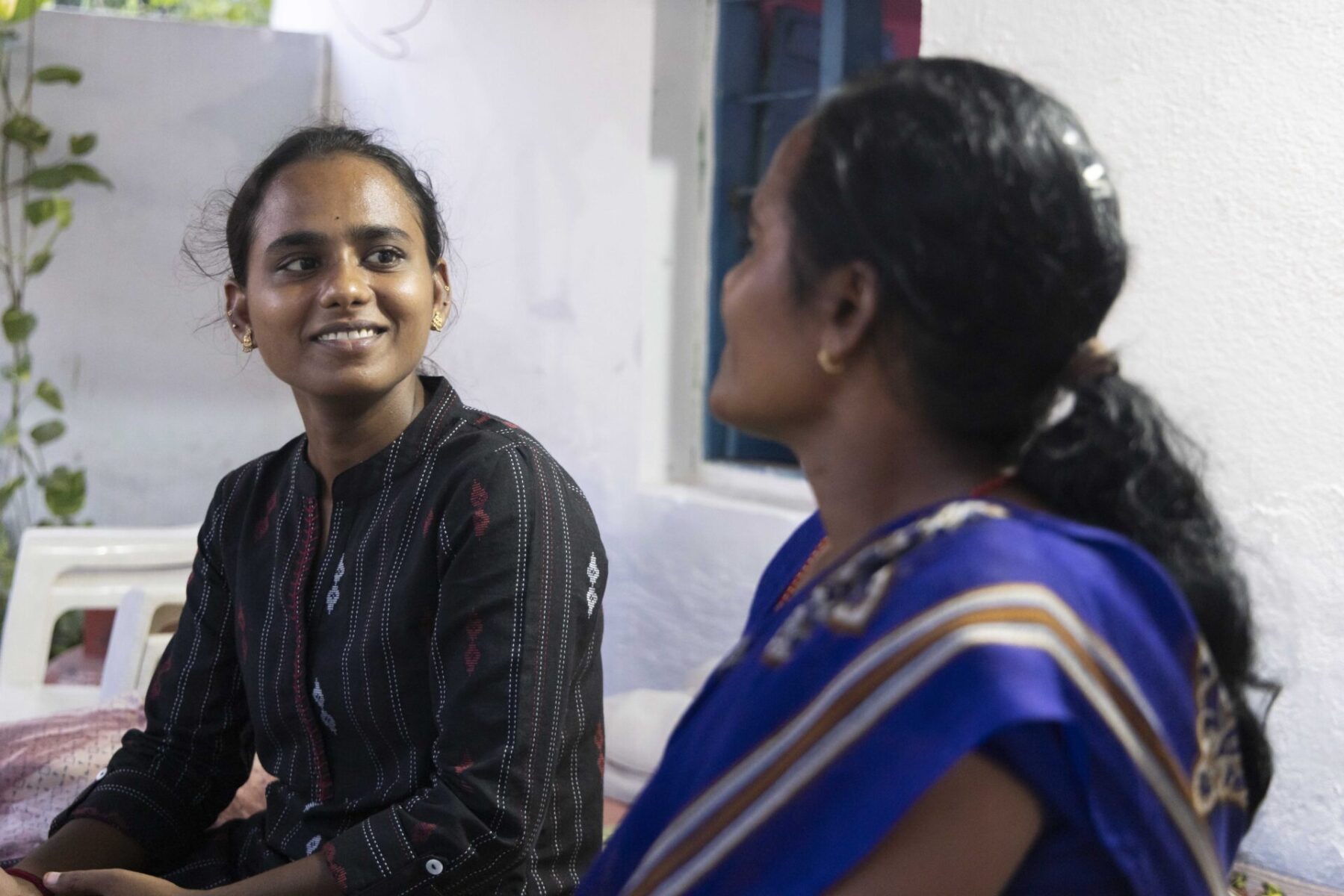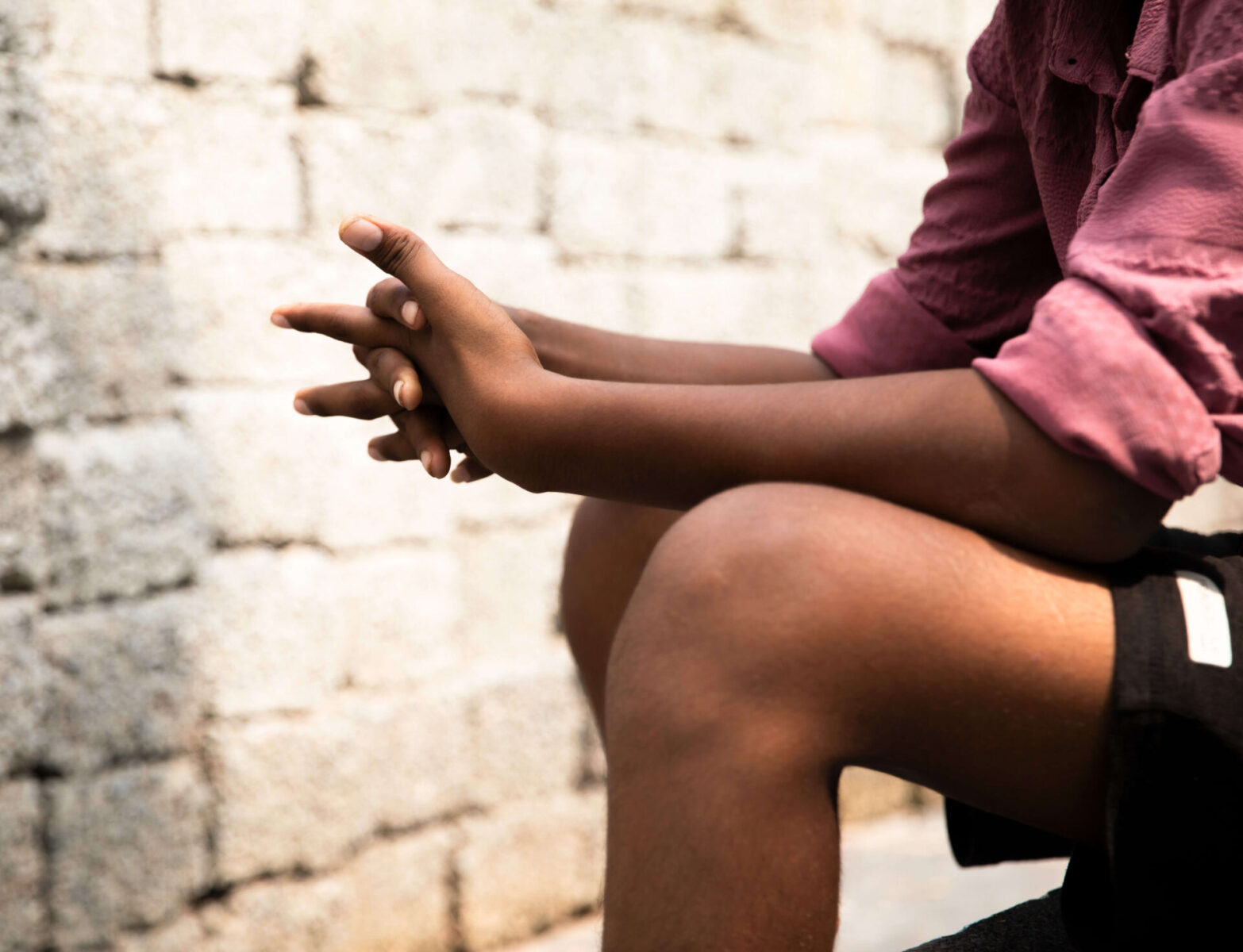In India, hearing loss is the second most common cause of disability. According to the World Health Organisation (WHO), an estimated 278 million people in the country have disabling hearing impairment and 63 million suffer from significant auditory loss.
Lack of awareness and proper guidance amongst families in rural areas about the special needs of children with hearing impairment inhibits their communication and reduces their chances of social inclusion.
To bridge this gap RDT has introduced “Let your hands talk”, an audiovisual dictionary of sign language adapted to Telugu speakers. This project aims to spread the sign language in public schools and to provide a learning tool to families who have a member with this disability.
The dictionary will be distributed to RDT’s inclusive schools and to specialised government schools across Andhra Pradesh. Both alumni of RDT’s High School for the Hearing Impaired, Suseela Chinthamani (23) and Mahamad Dandúde (22) have volunteered to share their sign language expertise and helped record the latest volume of this dictionary which gathers more than 2,300 signs.
We spoke to Suseela and Mahamad to learn more about the project and it’s importance.
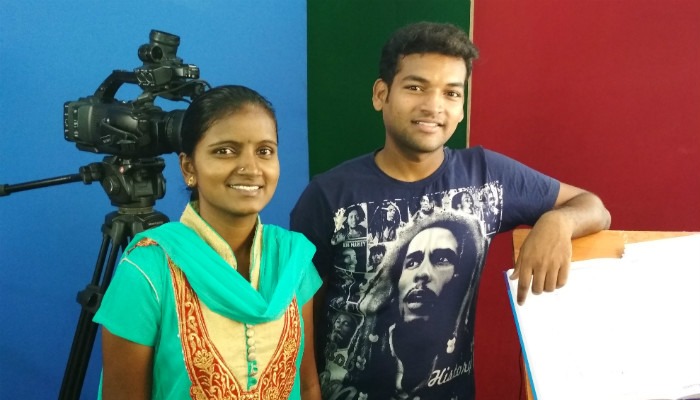
Why do you think this dictionary is important?
Suseela: This dictionary will be very helpful for both people with hearing impairment and also for their families so they can communicate easily. This will also have a great impact on the development of the children since now parents will be able to communicate with them.
What do you value the most about this dictionary?
Mahamad: Currently we are recording the second part of this dictionary and it has been filmed in a great way. It is very simple and illustrative so I believe that both children and people with less training can understand it.
Women with disabilities are one of the most vulnerable groups in rural India. Do you think that society is on the path of change?
Suseela: It’s true. However, I believe the situation today has improved, although there is still a long way to go. I am an example of this slow but constant change. My childhood was difficult because my family did not understand my disability and having been born as a girl made my situation more difficult. When I was in primary school I would return everyday without having learnt anything. This disability also degraded my relationship with my father and brother. My mother, however, supported me. We went to the RDT Hospital where they explained that I did not suffer from an illness but a disability. My mother is now striving to learn sign language to be able to communicate with me better.
What would you like to convey to children who, like you, have this disability?
Suseela: I would like to tell them that they could be happy just like the rest. If they put in effort and are passionate, they can achieve all their dreams.
Mahamad: I would say, especially to families and also of course to them, that education is fundamental to understand each other.T his audiovisual dictionary is helping to bridge the gap between the two groups and also to take a step towards equality and inclusion.

